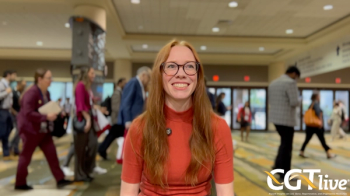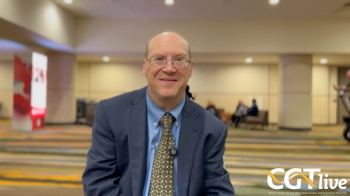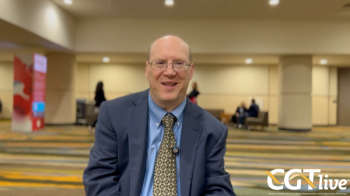
Larry Anderson, MD, PhD, on the Evolution of Myeloma Care With Cell Therapy
The professor of internal medicine at UT Southwestern Medical Center shared his perspective on the current landscape of CAR-T cell therapy in the care of patients with myeloma.
“One of the challenges with chimeric antigen receptor T cells, for example, is that it is personalized. It takes the patient’s own T cells and redirects them. It takes some time, but there are several companies looking at using universal, or allogenic, T cells. [These are] T cells that may be from a specific donor and grown in the lab and are already available, and then can just be used in specific patients without having to specifically modify them for that patient.”
The treatment of patients with multiple myeloma has changed drastically since the turn of this century, with leading–edge research bringing the dream of personalized medicine to the doorstep of clinical care in a matter of decades. Now, patients with these cancers can be treated with cell and gene therapies, specifically chimeric antigen receptor T cell (CAR-T) treatments. This new landscape of therapy has revolutionized care, with now 6 FDA-approved CAR-T therapies available for these patients: 2 for multiple myeloma and 4 for lymphoma and leukemia.
Larry Anderson, MD, PhD, a professor in the Department of Internal Medicine and a member of the Division of Hematology/Oncology at UT Southwestern Medical Center, has seen this change over the course of his career. Recently, he sat down with CGTLive™ in-studio to share his perspective on this evolution of the landscape. He discussed how things have changed since these therapies were approved and some of the drastic improvements in remissions, response rates, and prognostic gains.
Additionally, he detailed the few limitations of these therapies—mainly the length of time it can take to prepare the treatments for patients—and how they might be overcome based on new advances and progress in the CRISPR gene–editing process. Other progress has recently been made toward developing these treatments for solid tumor cancers, which has been a longtime challenge for the field, and Anderson highlighted how tweaks and improvements in therapy development have affected progress, but also pointed to the limitations of their current indications and his hope for further access to the patient population down the road.
Newsletter
Stay at the forefront of cutting-edge science with CGT—your direct line to expert insights, breakthrough data, and real-time coverage of the latest advancements in cell and gene therapy.
















































